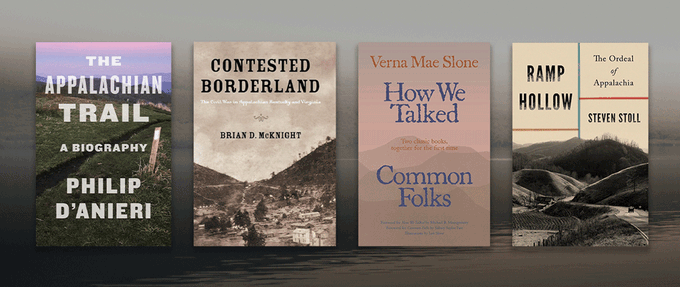Appalachia is a region of long-standing, distinct culture and traditions, and is perhaps the most misunderstood place in the United States. Here is a collection of books to help educate people about the culture and history of this fascinating area, many written by native Appalachians to offer insight into their unique society.
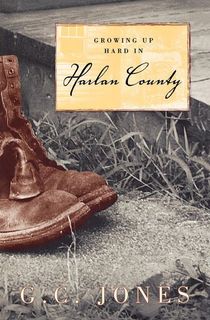
Growing Up Hard in Harlan County
G.C. Jones offers a whirlwind memoir of life during one of the most tumultuous eras in Appalachian history in and around Harlan County, eastern Kentucky. In an account spanning the 1920s and 1930s, Jones vividly details the hardscrabble farm life that was impacted by Prohibition and the Great Depression. As if more complications were needed, the era also saw a rise of miners clashing with coal operators desperate to avoid unionization, leading to the nickname “Bloody Harlan” as World War II loomed in the distance. Jones’ account provides an essential insight into this important and chaotic Appalachian era.
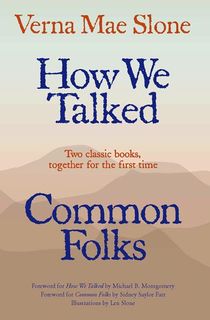
How We Talked and Common Folks
A combination of two beloved books from famed Appalachian writer Verna Mae Slone, who first took up the pen at age 65 despite a lack of high school education, to tell tales of her homeland. How We Talked is a mixture of glossary and memoir, demonstrating life in Kentucky through the use of everyday terms and phrases. Common Folks is more of a typical memoir that lets readers experience life in Pippa Passes, where hills surround the countryside and the coal industry dominates the community. Covering everything from marriage to family pets, education to folk medicine, Slone’s firsthand accounts are teeming with intimate details of a forgotten lifestyle.
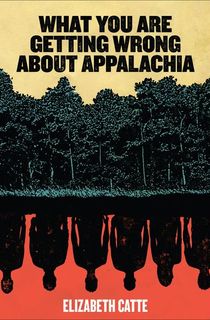
What You Are Getting Wrong About Appalachia
Catte seeks to confront and respond to the sudden fascination with Appalachia in the mid-2010s, as expressed in journalism and the American public, and to shine a light on the community of white working-class voters who were left abandoned by politicians. What You Are Getting Wrong About Appalachia unpacks stereotypes about the region through an examination of its history and the recent surge in interest, offering a necessary insider’s perspective on Appalachia as a whole.
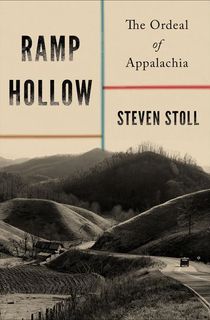
Ramp Hollow
A comprehensive look at Appalachian past and present, Ramp Hollow reveals the region's neglect by higher powers since the days of Washington. Beginning with the first settlers from Europe and continuing through the days of Daniel Boone, Stoll traces the rapid shift in public perception that led to the stereotype of the backward, impoverished hillbilly roaming the hills of Appalachia, and the rise of the coal and timber industries that changed these communities forever.
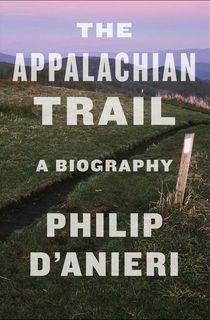
The Appalachian Trail
This biography does not cover the life of a person, band, or secret organization; it is the biography of America’s most famous hiking trek, the Appalachian Trail. D’Anieri, a lecturer at the University of Michigan, weaves together the remarkable stories of the people whose dreams and actions made the trail possible, as well as the most captivating characters who have walked from Georgia to Maine along the legendary hiking route. The book sets out to prove that the trail is much more than a path through the woods and hills, but rather an example of humanity coming together to etch ideas about our planet, into our planet.
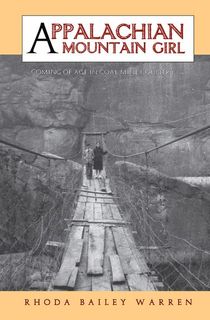
Appalachian Mountain Girl
The mining industry touches many corners of Appalachian culture and history, and Rhoda Warren’s memoir details life growing up as the daughter of a coal miner, painting a vivid picture of 1930s Kentucky. From a life of poverty in the isolated mining community to their eventual escape to the gorgeous landscapes of Letcher, KY, Warren’s memories are filled with humor and warmth without being overly sentimental.
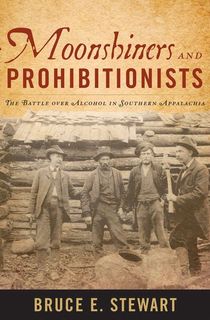
Moonshiners and Prohibitionists
Homemade liquor has played a prominent role in Appalachian society for centuries, so what happens when the country suddenly outlaws the consumption of alcohol? Stewart examines the overnight transformation of Appalachia as an important business was suddenly made illegal, and the social tensions between the different classes and transitions from rural to urban communities across the region. Alongside these examinations, the books also chronicle the history of moonshine and moonshiners, as well as the rise of myths and stereotypes associated with the Appalachian hillbilly.
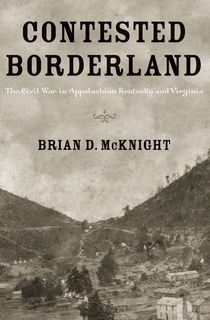
Contested Borderland
Right before the start of the Civil War, the border between eastern Kentucky and southwestern Virginia was a rugged, sparsely populated territory. Still, it quickly became one of the most important pieces of land in America. The Cumberland Gap was a perfect military stronghold, and both the Union and Confederacy wrestled for control of it as the war dragged on. With Kentucky in the Union and Virginia joining the Confederacy, residents in between the states found themselves hosting soldiers from both armies and faced pressure to join sides…or at least pretend to, based on whatever army occupied their land. This is the first book entirely dedicated to an Appalachian perspective on the American Civil War, as it unfolded in their own backyard.
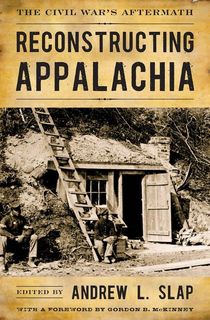
Reconstructing Appalachia
The repercussions of the Civil War were monumental, and life in the United States entered a new era. Appalachia was not exempt from these society-shattering changes, and life after the war is examined in this book with particular focus on the Reconstruction and Post-Reconstruction periods. The collection of essays focuses on the little-known and seldom-discussed aspects, highlighting the changes in racial reconciliation, gender roles, and perceptions of economic status in Appalachia after the Civil War.
Featured image: Pexels / Canva
